Keeping your windows spotless doesn’t have to involve expensive store-bought products or harsh chemicals. With just a few simple ingredients, you can create your own highly effective cleaning solution right at home. Whether you’re interested in saving money, avoiding synthetic additives, or simply enjoying the satisfaction of DIY solutions, learning how to make window cleaner is a skill worth mastering.
This guide will walk you through the science behind glass cleaning, show you how to create multiple homemade formulas, and explain how to apply them correctly for streak-free results. You’ll also discover why so many homeowners in Painesville, Ohio (and beyond) are making the switch to homemade cleaners—and why it works.
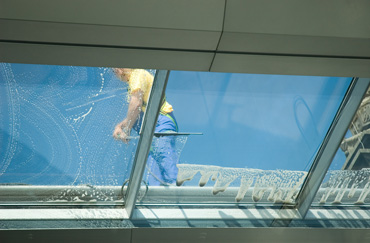
Why Homemade Window Cleaner Is Worth It
The first question people often ask is: why bother making window cleaner when so many products are available in stores?
The answer lies in three main benefits—cost, control, and conscience. Store-bought glass cleaners can range from $5 to $15 per bottle, depending on the brand. Homemade versions cost just pennies per use. That’s a significant savings over time, especially for homeowners with many windows, glass doors, or even mirrors to maintain.
By making your own cleaner, you also control the ingredients. You can avoid synthetic fragrances, dyes, ammonia, and other potentially irritating chemicals. This is particularly helpful for households with young children, pets, or anyone with sensitivities or allergies.
Lastly, it’s environmentally friendly. You can reuse spray bottles, cut down on plastic waste, and reduce your carbon footprint by skipping the trip to the store. Even better—DIY cleaning reduces the number of harmful substances going down the drain and into local waterways.
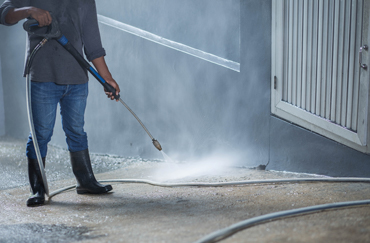
Understanding What Makes a Good Window Cleaner
Before learning how to make window cleaner, it helps to understand the science behind what makes a cleaning solution effective for glass.
There are three main components in most homemade cleaners:
- A degreaser, like dish soap or rubbing alcohol, to cut through oily smudges, fingerprints, and grime.
- An acid, like white vinegar or lemon juice, to dissolve minerals and water spots.
- A diluter, usually distilled water, to carry the ingredients and help spread them evenly across the glass.
Each ingredient plays a specific role, and when balanced correctly, they create a streak-free, powerful window cleaner that rivals commercial formulas.
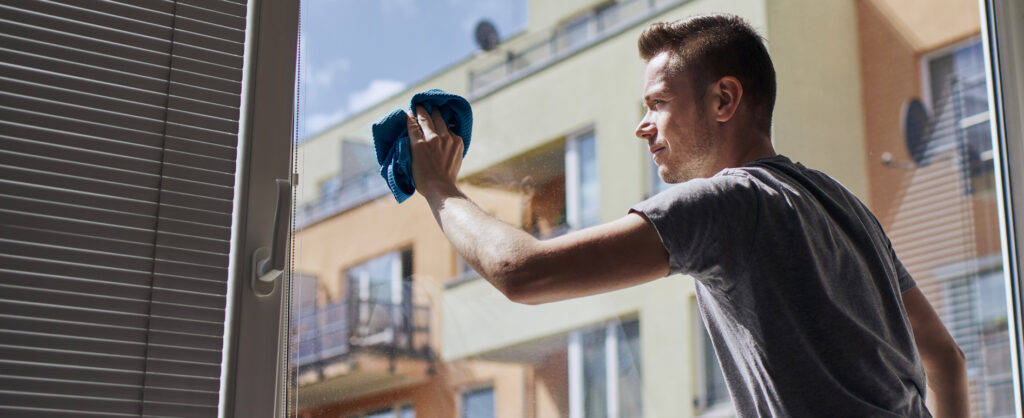
Classic Vinegar and Dish Soap Solution
One of the most popular homemade formulas is the vinegar-based window cleaner. This version is especially effective on windows with water spots, pollen, or dust buildup.
Basic Recipe:
- 2 cups of distilled water
- 1/4 cup white vinegar
- 1/2 teaspoon dish soap
Mix the ingredients in a clean spray bottle and shake gently to combine. Spray directly onto the window surface and wipe with a lint-free microfiber cloth, newspaper, or squeegee.
Why It Works:
The vinegar cuts through minerals and grime, while the dish soap breaks down oils and lifts residue. The distilled water ensures a streak-free finish since it doesn’t contain minerals that might leave spots.
According to Good Housekeeping, vinegar is a trusted natural cleaner that has stood the test of time for cleaning glass and mirrors.

Alcohol-Based Quick-Dry Cleaner
If you live in a humid area or need a fast-drying formula for a high-traffic space, try this alcohol-based cleaner.
Quick-Dry Recipe:
- 1 cup distilled water
- 1 cup rubbing alcohol (70% or higher)
- 1 tablespoon white vinegar
This mix evaporates rapidly, making it ideal for bathroom mirrors or exterior windows on sunny days when you don’t want streaks from slow drying. Shake before each use, and avoid using it on tinted or coated windows unless you’ve tested a small area first.
Pro Tip: Alcohol can be flammable, so store it away from heat sources and open flames. Use it in well-ventilated areas, especially indoors.
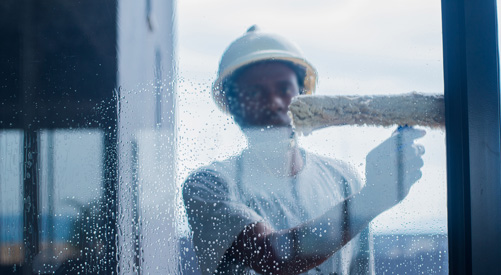
Ammonia-Free Citrus Cleaner
If you’re sensitive to vinegar’s scent or want a more fragrant option, a citrus-based cleaner can be a great alternative.
Citrus Window Cleaner:
- 2 cups distilled water
- 2 tablespoons lemon juice (fresh or bottled)
- 1 teaspoon dish soap
This version smells fresh and cuts through grease with the natural acid of lemon juice. Just note that citrus oils can sometimes leave a light residue, so be sure to wipe thoroughly and buff the glass dry.
Sources like The Spruce recommend this mixture for indoor windows and mirrors where scent and shine are both priorities.
Tips for Making and Using Homemade Window Cleaner
Now that you know how to make window cleaner, it’s important to apply it effectively. Even the best formula can leave streaks if used improperly.
- Always use distilled water, not tap water, to prevent mineral buildup on glass.
- Use clean cloths or squeegees, as leftover dirt or oils from previous cleaning can reapply grime.
- Avoid cleaning in direct sunlight, which can dry the solution too fast and leave streaks.
- Store your solution in a clean spray bottle and label it clearly. Shake well before each use, especially if it contains oils or soap.
For very dirty windows, consider rinsing or wiping them down with water first to remove heavy debris before applying the cleaner.
Troubleshooting Common Issues
If your homemade window cleaner is leaving streaks or residue, don’t worry—it’s usually an easy fix.
- Too much soap can create film. Use just a few drops, not full teaspoons.
- Hard water from tap sources can leave spots. Switch to distilled water.
- Dirty or linty cloths can smear dirt instead of removing it. Always use clean microfiber or newspaper.
If your windows are very old or have damaged seals, be cautious about using acidic cleaners like vinegar or lemon juice near the edges. Test a small area first to ensure compatibility.
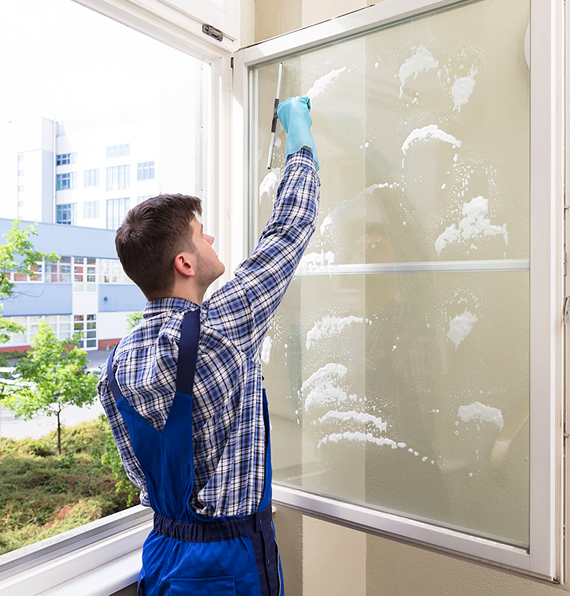
How Often Should You Clean Windows?
Most homeowners clean interior windows once every few months and exterior windows twice per year. However, if you live in a high-pollen area, near construction, or by a busy road, you may need to clean more frequently.
We often recommend homeowners in Painesville, Ohio schedule window cleaning at least seasonally—especially after winter salt exposure or spring storms that leave residue on the glass. While DIY cleaning can work great for upkeep, larger jobs or hard-to-reach areas are best left to professionals like D&L Window Cleaning.
Are Homemade Window Cleaners Safe for All Glass?
Most of the recipes discussed here are safe for standard residential glass, including interior and exterior windows. However, specialty glass—like stained, frosted, antique, or coated glass—requires more care.
Avoid acidic solutions on coated or mirrored glass, and never use abrasive materials that can scratch or haze the surface. If you’re unsure, always consult the window manufacturer’s recommendations or ask a professional.
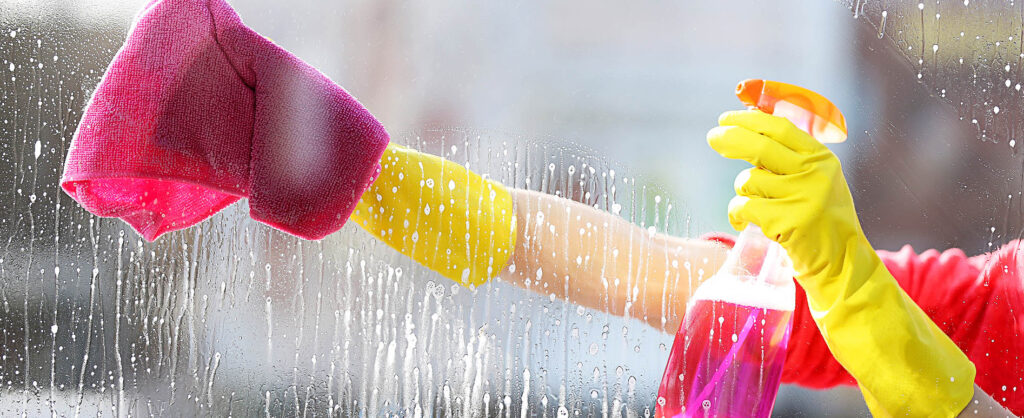
Professional Alternatives to Homemade Cleaners
Although learning how to make window cleaner is a great step for any DIYer, there are times when store-bought or professional-grade solutions are the better option.
For instance:
- Large commercial storefronts or multi-story homes
- Stubborn hard water stains or calcium buildup
- Post-construction cleanup involving paint, adhesives, or debris
In these cases, our team at D&L Window Cleaning in Painesville is equipped with tools and expertise to safely restore clarity without risk to your property.
Final Thoughts on How to Make Window Cleaner
Learning how to make window cleaner gives you control, saves money, and helps you care for your home in an environmentally friendly way. Whether you’re using vinegar and dish soap for a classic streak-free finish or a quick-drying alcohol blend, the key lies in using quality ingredients and applying the solution correctly.
For day-to-day maintenance, homemade window cleaner is more than sufficient. But when the job gets tough—or you just don’t want to climb a ladder—D&L Window Cleaning is here to help. As a local business founded in Painesville, Ohio, we take pride in delivering crystal-clear results for homeowners who care about both quality and community.
Helpful External Resources:

